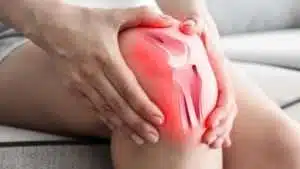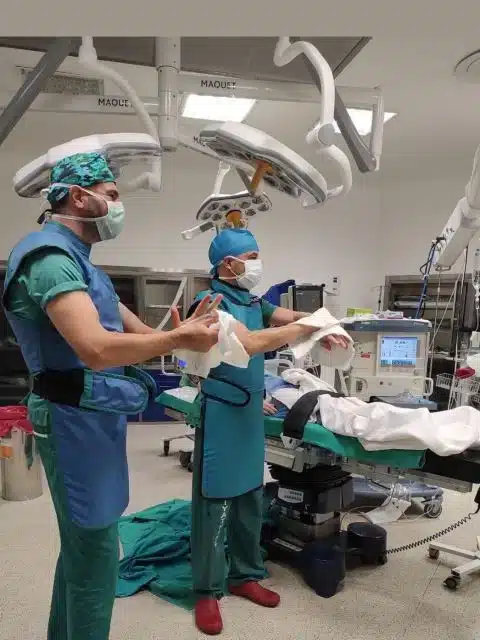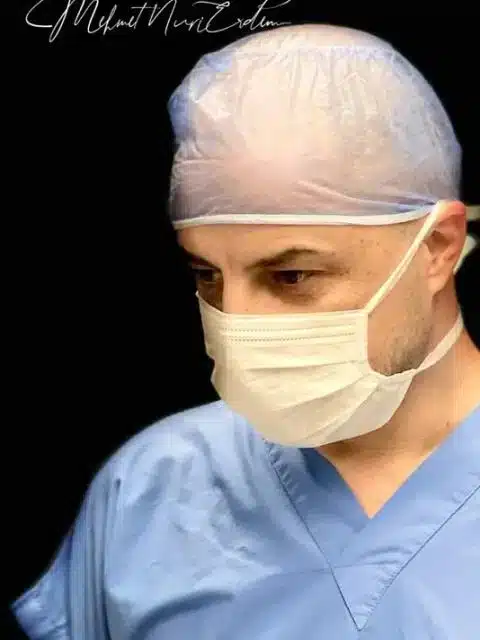Knee Ligaments
A gap in our knee joints occurs when the knee ligaments are not repaired.
In time, this front and backside movement disorder can tear tampon structures such as the meniscus inside the knee, make sudden impacts to the kneecap, and the knee joint which must complete a circular movement where it is located, may begin to calcify by increasing friction around it.
Although not immediately on that day, over the years or even within months
if vigorous sports are performed, other problems such as knee joint cartilage and meniscus injury may occur.
What is Meniscus?
Meniscuses are two crescent-shaped cartilage pieces that act as shock absorbers between the femur and tibia.
Each knee has two of them, the inner and outer meniscus. It is stiff and also elastic.
They help the joint stability by serving as a buffer.
Why the Meniscus Ruptures?
Tears may occur for various reasons, usually as a result of rotation or sprain of the knee.
It is also frequent in situations where the body rotates while foot is fixed, during weight lifting and other sports activities.
Meniscal tears can occur due to fray as you age, too.
Torn Meniscus Treatment
Treatment of meniscus tear is divided into non-surgical and surgical;
we can list non-surgical treatments as exercise, rest, protective methods and PRP.
Surgically, meniscus operations are performed with closed method in today’s technology.
In this method, which we call Arthroscopic Surgery, the knee joint is penetrated through two holes:
The inside of the knee joint is scanned and examined with a video camera thinner than a pencil.
Through the other hole, with special tools, the meniscus tear is sewn or the torn part is removed, depending on its condition. In this operation, which is performed without any bleeding, these two holes that have been opened are closed with a stitch.










